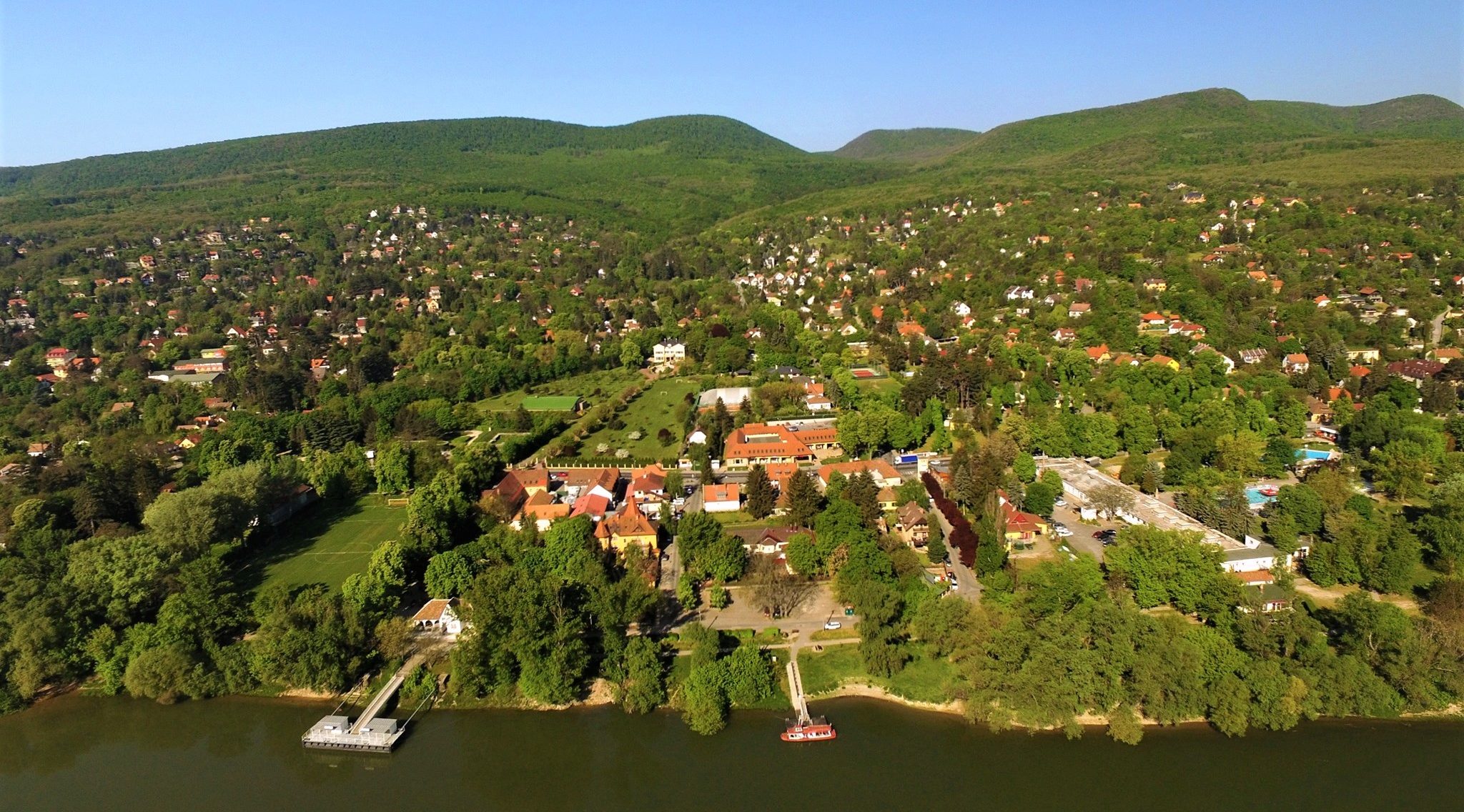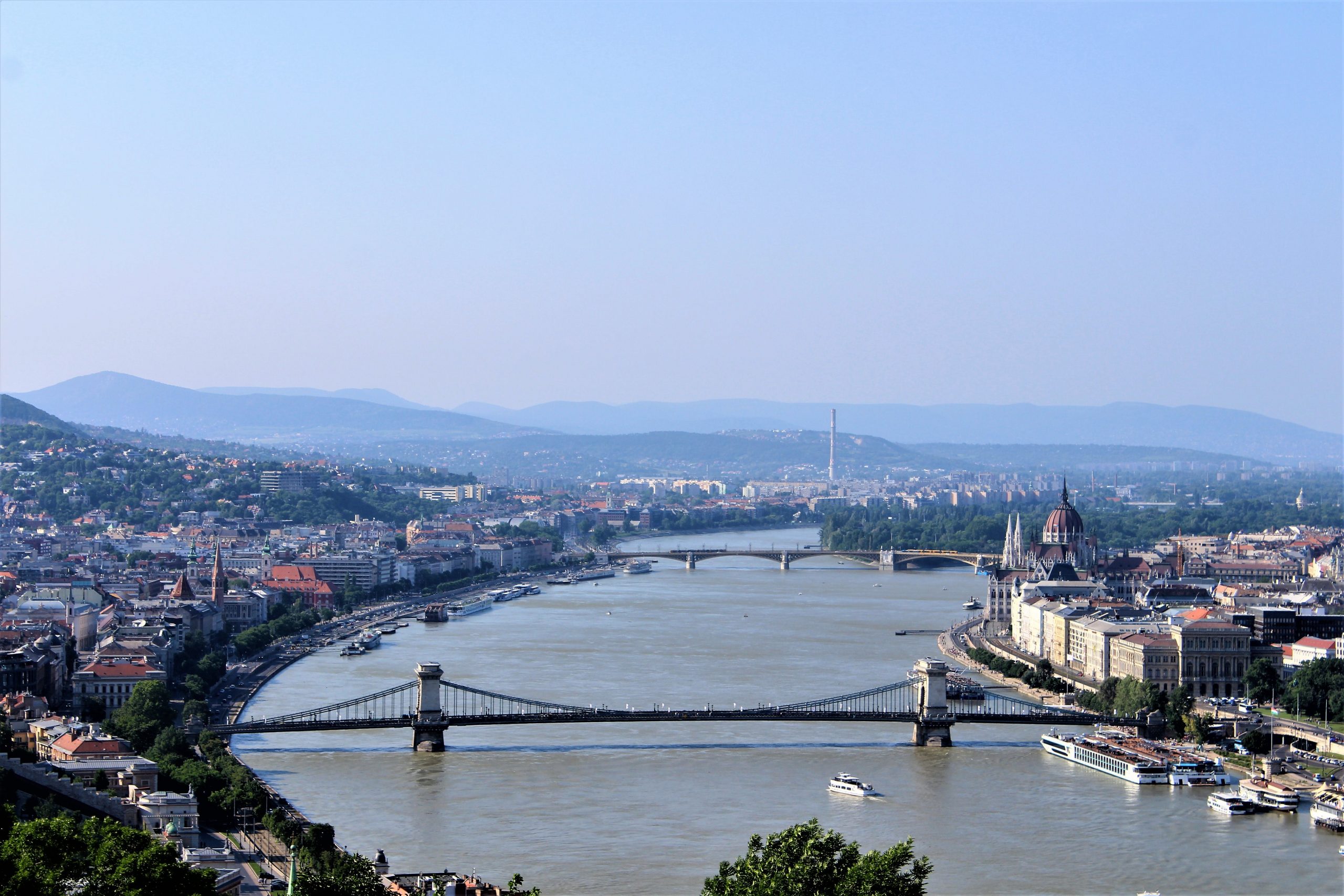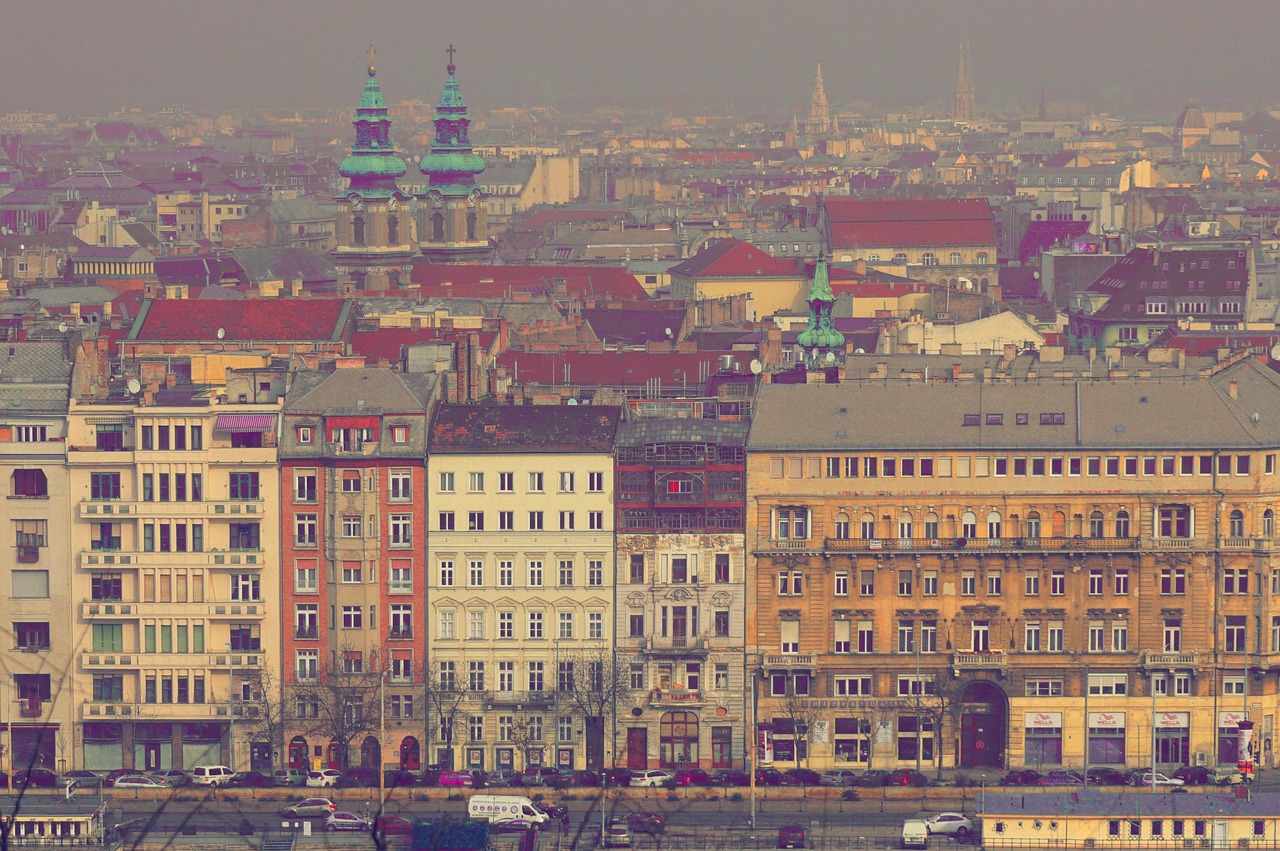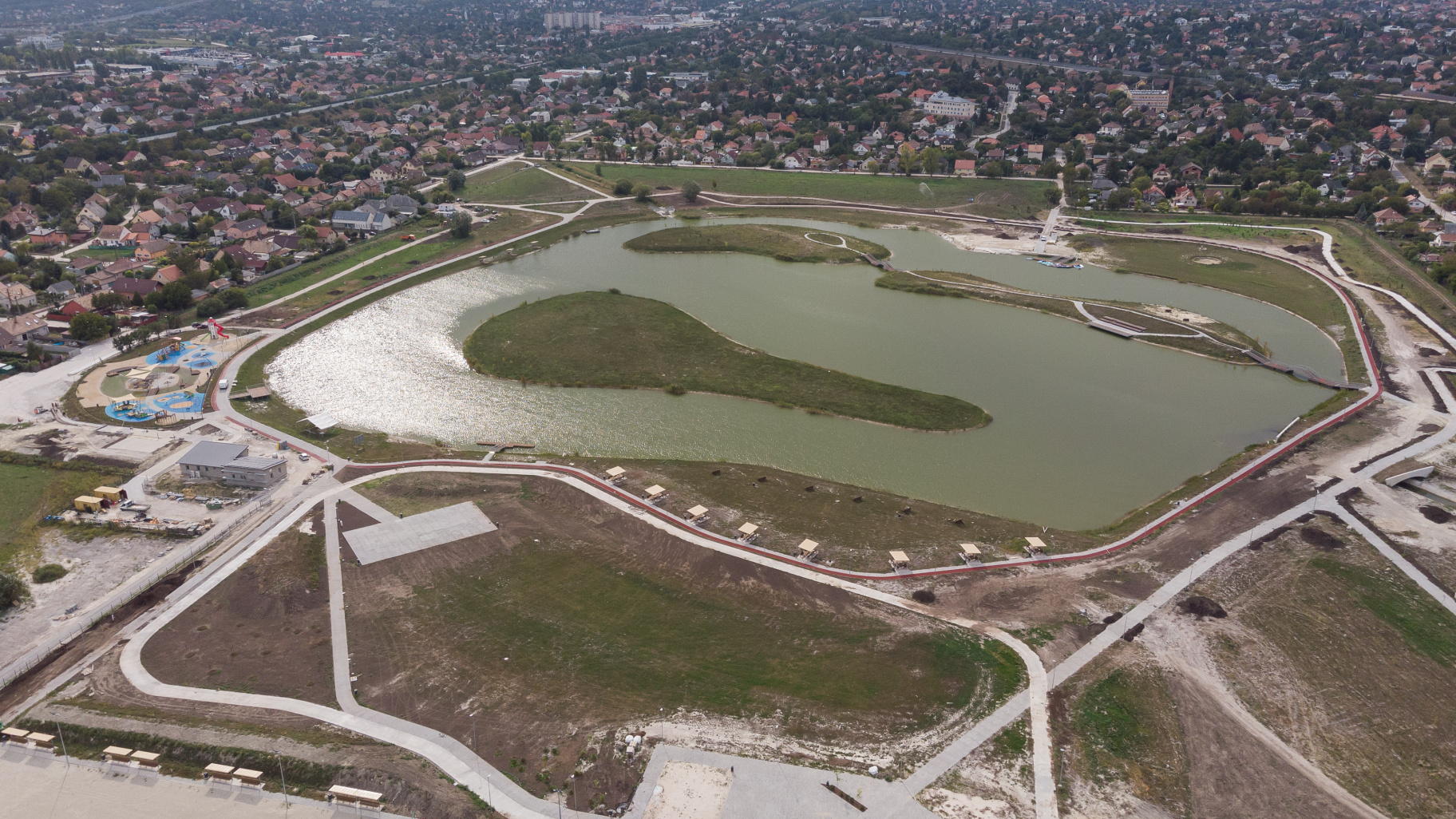
The overpopulation of the agglomeration around Budapest is far from over, according to the latest data from the Central Statistical Office.Continue reading

Cheaper housing attracts people to move, and property prices are rising – a classic pattern that seems to have been playing out in the metropolitan agglomeration in recent years, reports Magyar Nemzet. Accordingly, Pest County has also strengthened its position on the European commuter podium, based on a survey by OTP Ingatlanpont.
Based on the latest Eurostat data on domestic commuters, 6.4% of the EU working-age population (15-64 year olds) move from their place of residence to work in another region. This means that by 2022, the number of commuters in the community returned to pre-COVID levels after a decline in 2020-21. The Budapest region, coinciding with Pest County, has the highest number of commuters, with 272,000. The only region in the EU with more commuters than this is Brandenburg (297,000), surrounding Berlin, and has about twice the population.
Between 2015 and 2022, the number of those employed living in Pest County increased by 23%, while the number of commuters increased by 32%.
Thus, the share of commuters went up from 38% to 41% in seven years.
The supply of housing has been a strong motivator for people to settle in the capital as a result of their jobs. For example, in 2015, according to the Central Statistical Office’s data, the average price per square meter of a second-hand apartment in Pest County was HUF 174,000 (EUR 456), i.e. 40% cheaper than the equivalent in the capital.

The capital. Photo via Pixabay
In the first half of the period between 2015, and the last COVID-free year, 2019, the price per square meter of second-hand housing in the capital rose by 115%, compared to just 72% in the surrounding region. The turnaround can be linked to the epidemic period, from when the agglomeration became more expensive:
while between 2019 and 2022, the average price increase in the capital was 35%, the average price increase in the suburbs was almost twice as high, at 61%.
The biggest winners of the big wave of out-migration after COVID were Délegyháza, Nagytarcsa, and Pilisjászfalu, which were able to increase their populations by 5.3 to 5.6% in a single year from inward migration. The former two performed exceptionally well throughout the 2019-22 period: Nagytarcsa grew by 21.6% and Délegyháza by 19.9%. By contrast, municipalities that were previously highly sought-after and thus also more rapidly increasing in price have performed relatively poorly in this period. Dunakeszi, for example, saw its migration balance turn negative (-0.6%), while the traditionally popular Budaörs also made a gain of only 0.5%.

Érd from bird’s eye view. Photo via Facebook/Érd MJV Önkormányzata
As Csaba Laczi, head of the Budapest region of OTP Ingatlanpont, stressed, the greatest interest is currently in Érd, despite the fact that this city is already heavily overcrowded – it has even been included in the ranking of the twenty most populous cities in the country. His experience also shows that the market in the region has slowed down a lot since the post-pandemic boom, but there has been no significant drop in second-hand house prices, but rather stagnation. The rise in petrol prices, as the expert sees it, is no longer particularly damaging to the market in the region: those who are willing to commute are already taking this risk into account.
Via Magyar Nemzet, Featured image via Pexels